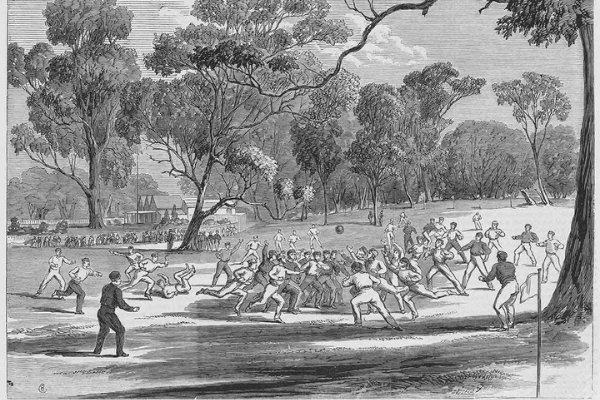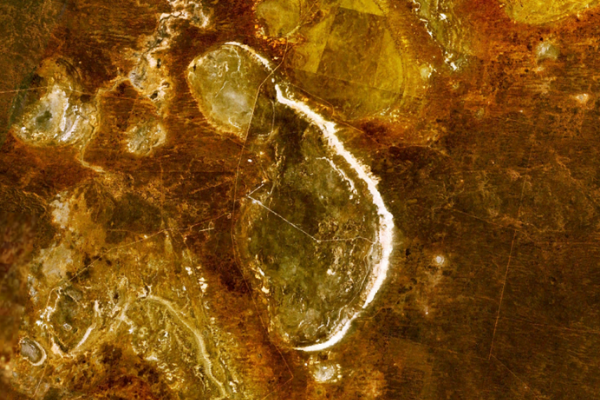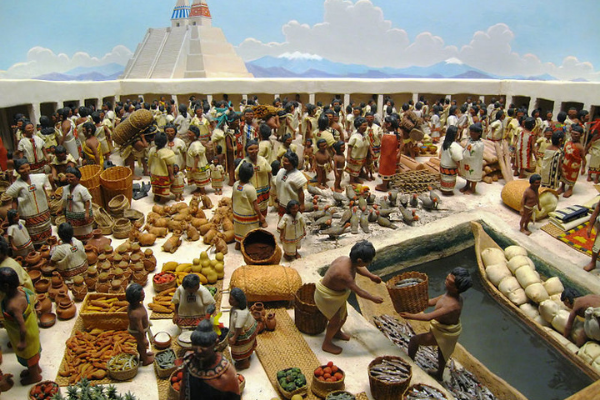Discovering Humanities
This series is a celebration of humanities research and discovery. Born out of our 50th anniversary in 2019, it covers just a small fraction of the many advances within the humanities since the Academy was first founded.
We’ve called it Discovering Humanities because words like ‘discover’ and ‘discovery’, like no other terms, convey the excitement of new findings, new ideas, new views of the world. Discoveries in the humanities take many forms; from those that fundamentally recalibrate our understanding of the world to others that are more a process of accumulation over time leading in the end to a new view of society. Despite their differences, all are full of the excitement of uncovering something new.
This series is not a list of the most important research in the humanities over the last 50 years. Rather, it is an attempt to present a range of discoveries across all the areas of the humanities showing something of the rich contribution the humanities have made to Australia and the wider world. Learn more about the series’ background from the Editor.
Indonesia is the world’s most populous Muslim-majority nation – but how did Islam first arrive across the islands, and how has this informed modern Indonesia?
Many Australians who speak limited or no English find themselves at a disadvantage in the legal system due to formal legal language and cultural factors. Linguistic research and training is helping to tackle these issues from the police station to the courtroom, ensuring the full participation and comprehension of everyone – no matter their first language.
Did you know, in the 1800s Melbourne Football clubs used secret coaching manuals – handwritten, continually modified and passed down through the generations – to guide their strategies? How exactly were these secret manuals scribed, shared, preserved, and now, hundreds of years later, studied?
What do Banjo Paterson’s original manuscript of Waltzing Matilda, a recording of boxer Lionel Rose and an architect’s model of the Sydney Opera House have in common? They can all be found via Trove – a world-leading, revolutionary search engine created by the National Library of Australia, giving users access to over six billion digitised items.
What went into defining the field of modern Indonesian literature, after centuries under colonial rule? Learn how Indonesian and Australian scholars worked together to research, teach, and establish academic foundations that now cement Indonesia as its own cultural and literary hub.
Jebel Khalid was an ancient Hellenistic walled city, complete with Manhattan-style gridded streets, a walled acropolis, governor’s palace, temple and gymnasium. But what was life like for the people who lived there and what can it teach us about urban development today?
Lake Mungo is a symbol of Indigenous Australia, representing the timeless and ongoing relationship the nation’s First Peoples have with this island continent. Learn about how the remains of Mungo Man and Mungo Woman have been returned to their descendants, and what processes are now in place to preserve and honour this landscape.
The nature of mind and consciousness is still hotly debated today and is all the more fascinating in light of the possibilities opened up by Artificial Intelligence. But what is consciousness, and where does it come from?
Instead of focusing on the leaders and figureheads, what does history look like when we focus on ordinary people and how they understood their world?
About the series
Stories in this series were chosen from nominations by Fellows of the Academy and recipients of its various awards. They have been commissioned and produced under the overall guidance of Academy Fellow and Editor, Emeritus Professor Graham Tulloch and have been brought to life by the hard work of Walkley Award-winning journalist Kathy Marks, author and researcher Dr Saskia Beudel, and the Academy’s Communication and Awards Coordinator Elizabeth Bradtke.
The development of this series was supported by the Copyright Agency’s Cultural Fund.










